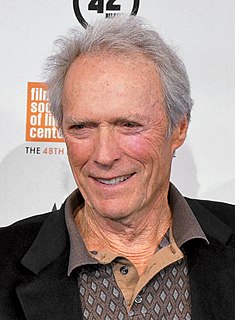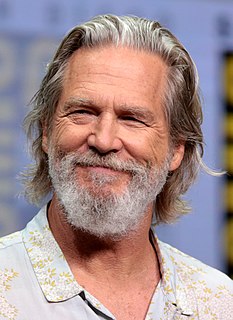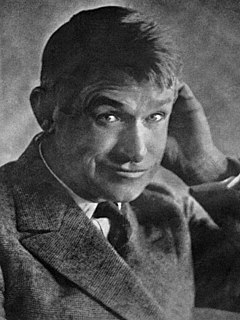A Quote by Nikolaj Coster-Waldau
There's a Danish architecture firm called BIG. I love architecture, and I always check out their work; they're very good at reimagining the way we live. They put the human experience as the focus, with access to air and outdoor space.
Related Quotes
It was very definitely architectural. I was using the words on the page as some kind of equivalent of a physical model. But I never thought at that point that I wanted to move toward architecture. I wanted to move toward real space. Sure, that's probably another way of saying, I want to move toward architecture. But I didn't define real space in terms of architecture, then.
My dad, he's definitely one of greatest writers of his generation. There is no question about it. When you are that good, when work is that good, you have to appreciate every aspect of it. It's the architecture of it, it's like looking at a Frank Lloyd Wright building or a Lautner building, it's master craftsmanship. Every aspect of it intertwines in a perfectly harmonious way. That's what architecture is at its best and the architecture of my father's music is on that level.
Architecture is art. I don't think you should say that too much, but it is art. I mean, architecture is many, many things. Architecture is science, is technology, is geography, is typography, is anthropology, is sociology, is art, is history. You know all this comes together. Architecture is a kind of bouillabaisse, an incredible bouillabaisse. And, by the way, architecture is also a very polluted art in the sense that it's polluted by life, and by the complexity of things.
If you look at the Earth without architecture, it's sometimes a little bit unpleasant. So there is this basic human need to do shelter in the broadest sense of the word, whether it's a movie theater or a simple log cabin in the mountains. This is the core of architecture: To provide a space for human beings.
If you look at the Earth without architecture, its sometimes a little bit unpleasant. So there is this basic human need to do shelter in the broadest sense of the word, whether its a movie theater or a simple log cabin in the mountains. This is the core of architecture: To provide a space for human beings.
In America access is always about architecture and never about human beings. Among Israelis and Palestinians, access was rarely about anything but people. While in the U.S. a wheelchair stands out as an explicitly separate experience from the mainstream, in the Israel and Arab worlds it is just another thing that can go wrong in a place where things go wrong all the time.
I've always been interested in an architecture of resistance - architecture that has some power over the way we live. Working under adversarial conditions could be seen as a plus because you're offering alternatives. Still, there are situations that make you ask the questions: 'Do I want to be a part of this?'
I think it modern society as a whole, but definitively in Brazil, spaces are so well divided and there are so many barriers, and so many divisions, so many lines and so many borderlines, basically telling you that you should be here but not here. This is my space and this is your space, and this is expressed very dramatically in architecture, we have a very kind of aggressive, almost medieval concept for architecture, which is basically keeping people out. So you get high walls, fences, and electric fences, and divisions like that.



































